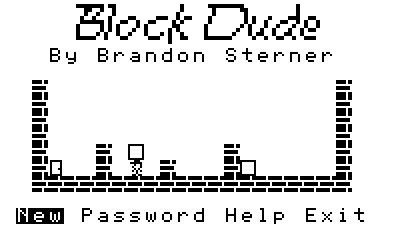A certain number of sprites and backgrounds are allocated to the bottom screen by default if left unspecified. I forget exactly how many, but that's bitten me unexpectedly before. So if you want to use all of the sprites and backgrounds on the top screen, you'll have to specify that.
0そうだね プレイ済み



